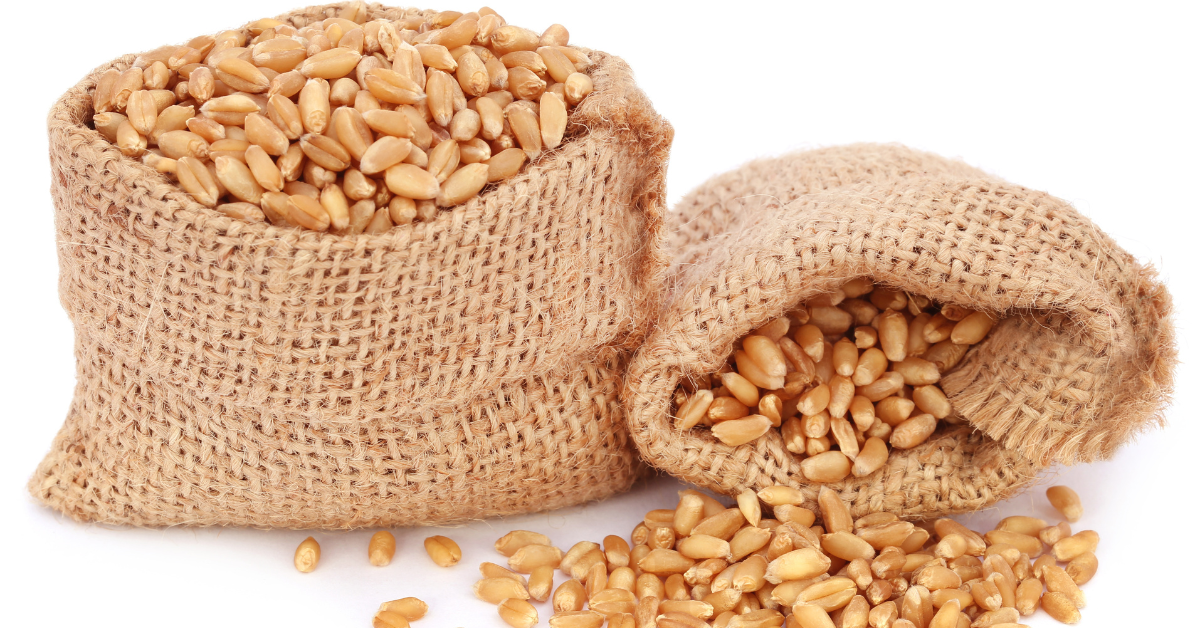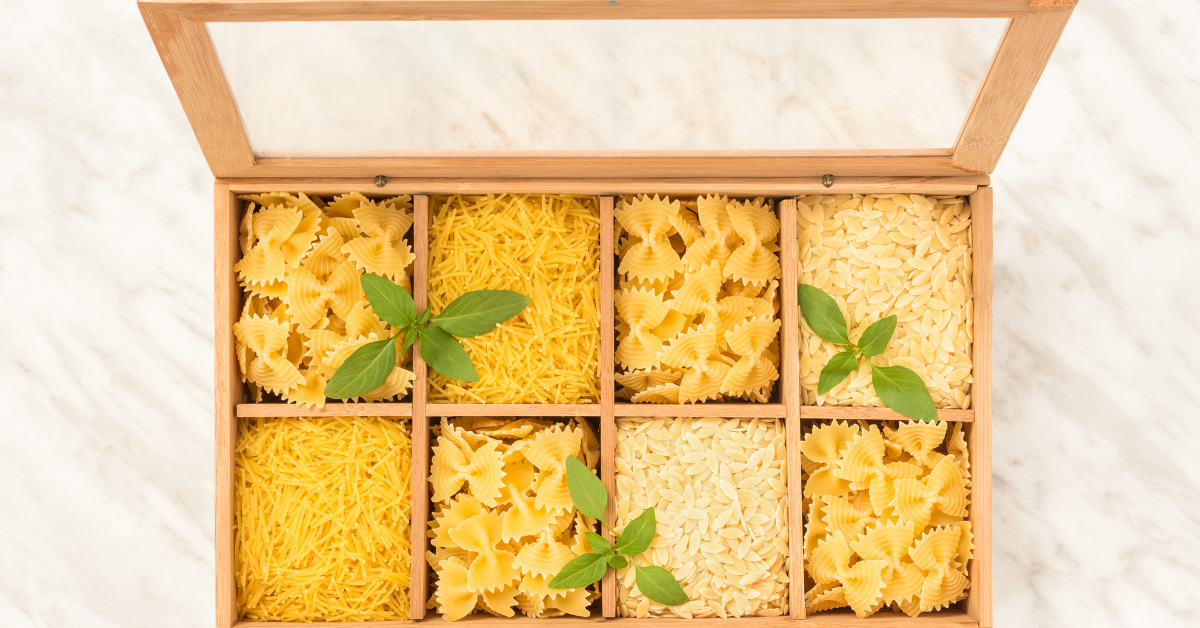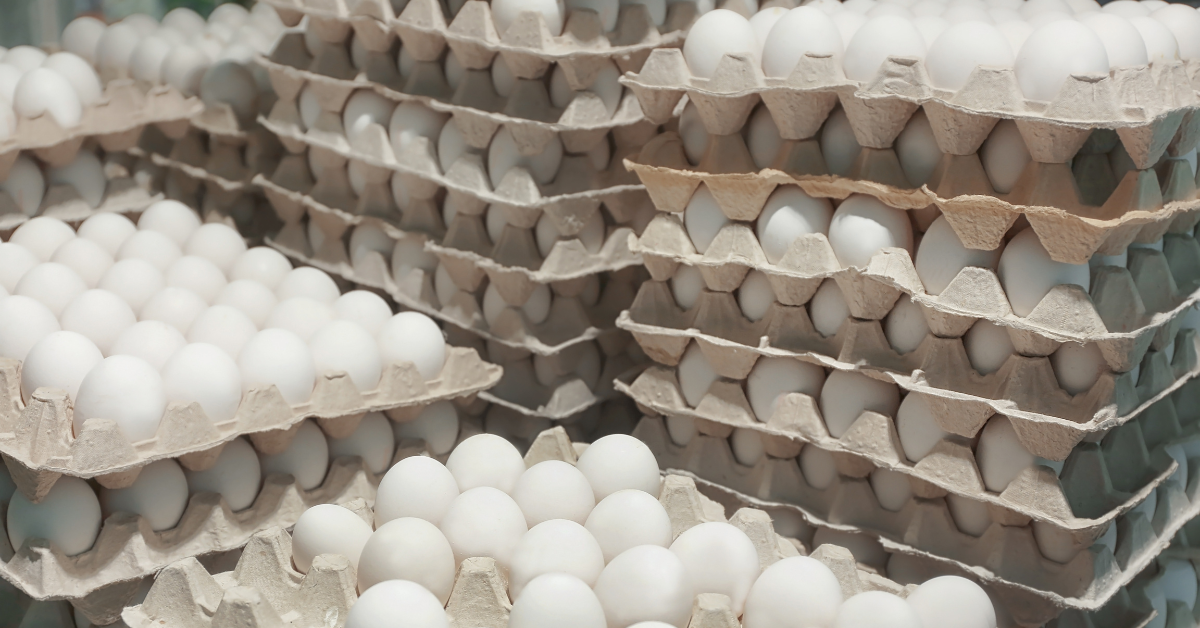If you're not already stocking your pantry withemergency food supplies, it's time to do so.
The World Food Programme's (WFP) executive director,David Beasley, said during a Security Council meeting on May 19, 2022, that he fears food shortages might be coming in 2023 because of the war on Ukraine, with bad weather also adding to the problem.
He stressed that over the past two years, there have been a number of food crises around the world, and due to the ongoing conflict between Russia and Ukraine, the situation around the world is likely to get worse.
Preparing for Potential Food Shortages in 2023
As the possibility of a food shortage coming soon grows, the importance of being prepared for such an event becomes increasingly clear. By taking action now, families can ensure they have the necessary supplies to stay self-reliant and independent, even in times of crisis.
While the food shortage we faced in 2021 and 2022 was something we never expected, there are steps we can take now to prevent a similar problem in the future. This article will list the food items that are predicted to see a shortage and the easiest ways to store these foods, so they last as long as possible.
Are Food Prices Going Down In 2023?

Prices are going to be on the rise due to increasing global demand. With inflation, supply-chain bottlenecks, extreme weather conditions, transport issues, and war conflicts in Russia and Ukraine, there will be a significant chance thatprices will increase for most products in 2023. Furthermore, food shortages are likely to hit again in 2023.
Food Shortages are Unavoidable
In 2022, we had a severe food shortage here in the United States of America. This food shortage was due to a series of unfortunate events that stripped our country of its necessary resources. And now the Russo-Ukrainian War is threatening to cause food shortages in 2023.
Thewar began in 2014 and has been going on for more than eight years. Beasley spoke during a Security Council meeting about the coming food shortages. "We're now experiencing an unprecedented food crisis," he warned. "Pricing has become our biggest concern due to all the COVID storms, but by 2023 it will be a food availability problem.”
Beasley states that the conflict affects many aspects of Ukraine's life, including agriculture. Because of this, the number of people in the world living in severe food insecurity has increased from276 million to 345 million since Russia invaded Ukraine on 24 February 2022.
Beasley also raised the alarm inhis recent tweet that there could be a lot of people going hungry if peace isn't reached soon. "When a country like Ukraine, which grows enough food for 400 million people, becomes unavailable on the market," Beasley says, "it creates the market volatility that we’re now seeing.”
According to many reports, the current situation with food supplies is, in fact, already dire. The WFP predicts that by 2023 there will be a shortage ofwheat and corn, which are two staple products in the food supply chain.
The reports also estimate that these global food shortages will increase food prices and could even trigger a new global recession.
Is There a Way to Tackle the 2023 Food Shortages?
Supply chain disruptions have contributed to various food and product shortages over the past few years, and addressing these issues is essential to mitigate the impact of food shortages on the global population. By staying informed about ongoing and potential food shortages, you can adjust your food storage plan accordingly and maintain a diverse and nutritious stockpile.
What Affects U.S. Food Supply Chain: The Russo-Ukrainian War and More

The United States is a very self-reliant country when it comes to food. We produce a lot of our own food domestically and don't rely much on other countries to feed ourselves. Only about15% of the country's overall food supply is imported from abroad.
However, this self-reliance can be a double-edged sword—it's great that we don't have to rely on other countries to feed ourselves, but it becomes problematic when we can't produce enough food and don’t have the infrastructure in place to import food in bulk.
Furthermore, even though we produce a majority of our food in the United States, weimport many of the pesticides and fertilizers that help us produce these crops from other countries, including the European Union and Russia.
Since Ukraine and Russia are currently having a war, it's creating problems for US farmers, especially since fertilizers have become scarce. With this fertilizer crisis right around the corner, US food production is in an uncomfortable position.
Fertilizer is vital for all kinds of crops, including food crops. Without it, our food supply would be impacted significantly. The problem is that most of the fertilizer we need is imported from Ukraine and Russia.Russia has been the biggest supplier of fertilizers.
Therefore, fertilizer prices are increasing with the ongoing war, resulting in increased prices on most food items.
The Problem of Climate Change and Food Production
Climate change has been a significant factor in some recent food shortages, including rice and strawberries. Adapting agricultural practices to better cope with extreme weather events and investing in research for climate-resilient crops can help reduce the risk of future food shortages due to climate-related events.
Alternative food sources during shortages: When specific food items become scarce, it's essential to consider alternative sources of nutrients. For example, during a rice shortage, you may want to explore other grains like quinoa, barley, or millet to maintain a balanced diet. Similarly, if strawberries are in short supply, other fruits like blueberries or raspberries can provide similar nutritional benefits.
Reducing dependency on single crops: As the global population becomes more dependent on a few staple crops, the risk of food shortages increases. Encouraging crop diversity and supporting small-scale, local agriculture can help reduce dependency on single crops and promote a more resilient food system.
Anticipating Food Items That are Likely To Face Shortages
Wheat and Corn Shortages

According toS&P Global, Russia is a major contributor of wheat worldwide, ranked number one in exports. Additionally, we found that the Great Plains drought of 2021 had a negative impact on U.S. production and pushed prices up by as much as40% at the beginning of 2022.
Most recently, US wheat production has beenimpacted by the unprecedented dry weather, reported by Reuters and the US Department of Agriculture. As of October 20, greater than 80% of the United States faces abnormally dry conditions, raising the risks for the 2023 harvest.
Bread Shortages
According to Mashed reports, because of the conflict between Ukraine and Russia, it is unlikely that production in Ukraine will improve any time soon. With the beginning of harvesting season in July of this year, crop production in Ukraine declined by35% to 45%, compared against last year's numbers.
Russia and Ukraine are two of the biggest cereal grains exporters, accounting for about20% of global cereal grain production.
With the conflict in Ukraine, Russia’s grain production has been disrupted. Experts speculate that there could be a significant global cereal grain supply shortage as early as 2023. They also predict that this shortage may cause a struggle to obtain the necessary ingredients to make bread, resulting in bread shortages in 2023.
Consequences of Aluminum Shortages: Impact on Canned Food and Pet Food

According toClickOrlando, the great aluminum shortage is still continuing. COVID-19, labor shortages, the Russo-Ukrainian War, increased demand, and the ongoing supply chain crisis are all to blame.
And we will probably have no end in sight until 2023, when the world hopefully moves back towards normalcy after all these crises. These supply issues have caused prices for aluminum-based products, such as canned vegetables, meats, and soda, to increase significantly.
The Essentials: How To Prepare For The 2023 Food Shortage

The 2023 food shortage is upon us. It's time to get prepared! Buthow much food to store, what to store, and what are the bestfood storage options? These might be a few questions on your mind. The best way to prepare for this food shortage is by knowing what food to buy before inflation hits and stocking up on the essentials now.
Canned foods are a common staple in many preppers' food stocks. These are inexpensive, easy to store, and convenient to use. However, unfortunately, highly acidic items such as tomatoes only have a shelf life of 12-18 months.
Canned foods that are lower in acidity, such as canned chicken or vegetables, last a little longer but still onlylast 2-5 years. Even rice, an essential part of food storage, onlylasts 6 months if unmilled (brown rice).
Those that are looking to save time, money, and effort may want to consider buying freeze-dried food or dehydrated emergency food supplies. These foods have ashelf life of 25 years and thus remove the need for restocking every few months or years. That's a lot longer than any fresh produce or canned foods you're likely to buy at the grocery store!
We always recommend investing in anemergency food supply because it's the easiest way to get into prepping and takes the least amount of time to build a long-lasting food supply with a 25-year shelf life.
[product_render product-handle="72-hour-emergency-food-kit"]
The Crucial Takeaway for The Food Shortages Coming in 2023
Food shortages look set to hit the world again in 2023. Not just a little shortage but grocery store shortages that will likely impact everyone. Learning how to prepare for food shortages is essential. We should prepare for this crisis now, and by doing so, we may be able to prevent further crises.
Furthermore, the price of food and ingredients is also likely to rise dramatically next year as a result of inflation and supply-chain bottlenecks. Families should considerhow to prepare for a depression and other methods of food storage now before the prices start rising.
The impending food shortage makes understanding how to prepare for food shortages a critical skill. You want to have the security of a stocked pantry, which will serve as a safety net, assuring that you will not be at the mercy of empty grocery store shelves. The keys are advanced planning and timely action.
While experts suggest diversifying your stockpile and not depending solely on a few staple food items, you might want to consider the nutritional value, shelf life, and your personal dietary preferences when choosing what to stockpile. Foods rich in protein and fiber such as beans, lentils, and whole grains are good choices, along with canned fruits, vegetables, and meats. Also, don't forget about water. Storing enough clean water for your family can be just as important as storing food.
Finally, remember that the key to successful food storage is rotation. Regularly check the expiry dates of your stored items and replace them as needed. This practice not only ensures that your stockpile remains fresh but also allows you to adjust your inventory based on changing nutritional needs and food preferences.
The more steps you can take to prepare now, the better equipped you'll be to handle the uncertainties of the future. And while it's impossible to predict exactly what 2023 will bring, being prepared will help ensure your family's safety and comfort during challenging times.




